The aesthetic I am going for is what I think is a blend of maximalist and minimalism. The design of the coasters themselves is minimal and simple, yet the “look” of the coasters will have more color and vibrancy to them. I would like to essentially recreate Jackson Pollock’s artwork for my coaster design. His style of painting is referred to abstract expressionism, and embodies spontaneity, movement, and an almost chaotic energy that challenges traditional notions of composition and control. [2] The different color filaments should give an abstract and chaotic look to an object that is plain and simple with a defined function.
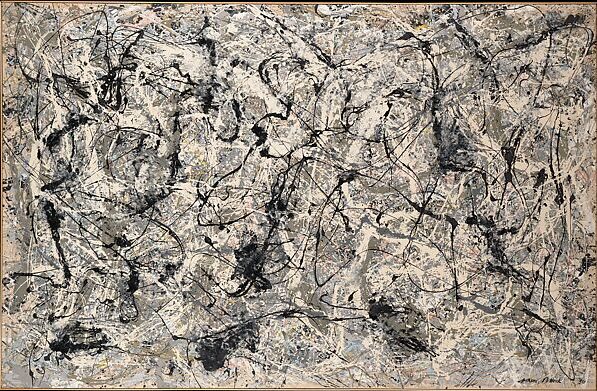
Jackson Pollock, Number 28, 1950. The idea behind my aesthetic.
Geometrical Abstraction
One opposite aesthetic that I can think of is geometric abstraction. As opposed to abstract expressionism, geometric abstraction uses form and shape instead of rejecting structure. Geometric abstraction, seen in the works of Piet Mondrian and Kazimir Malevich, embraces it. Mondrian’s Composition with Red, Blue, and Yellow epitomizes this style, using clean lines, primary colors, and carefully balanced compositions to create a sense of order and harmony. This art style can also be considered cubism or neo-plasticism, as the artist Mondrian called his own style. [3]
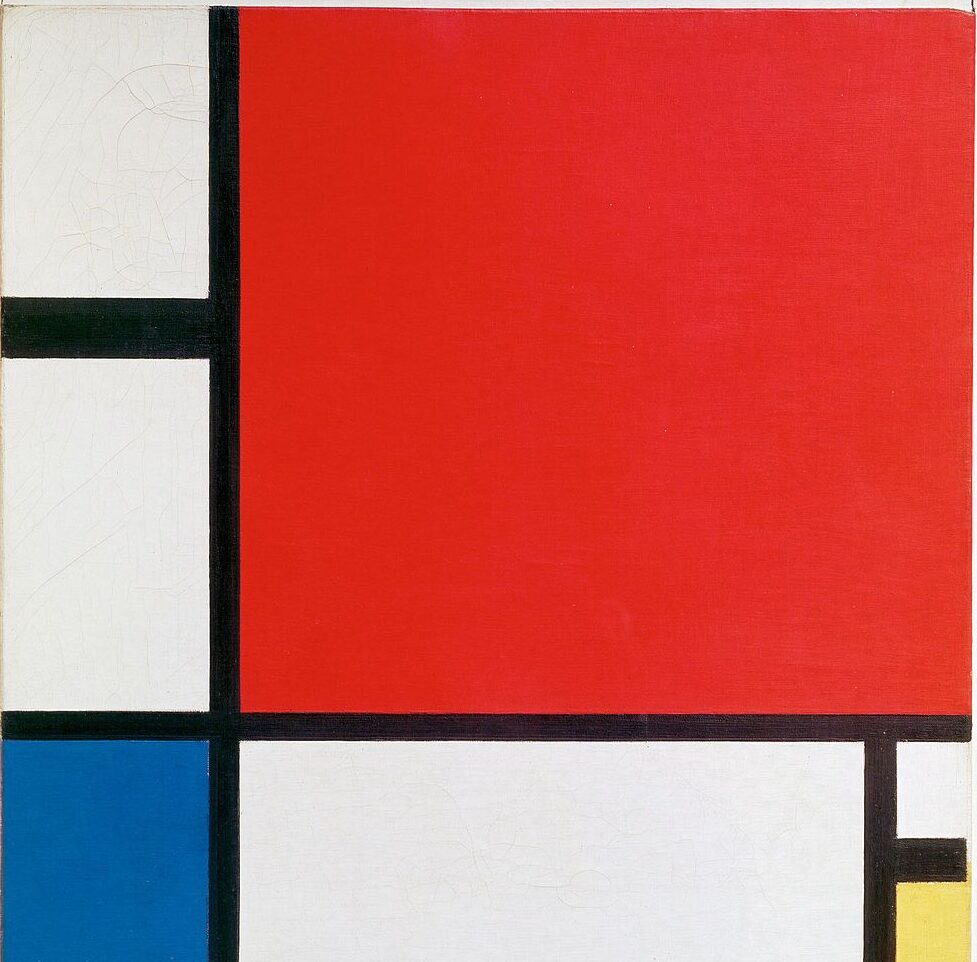
Piet Mondrian, Composition with Red, Blue, and Yellow, 1930
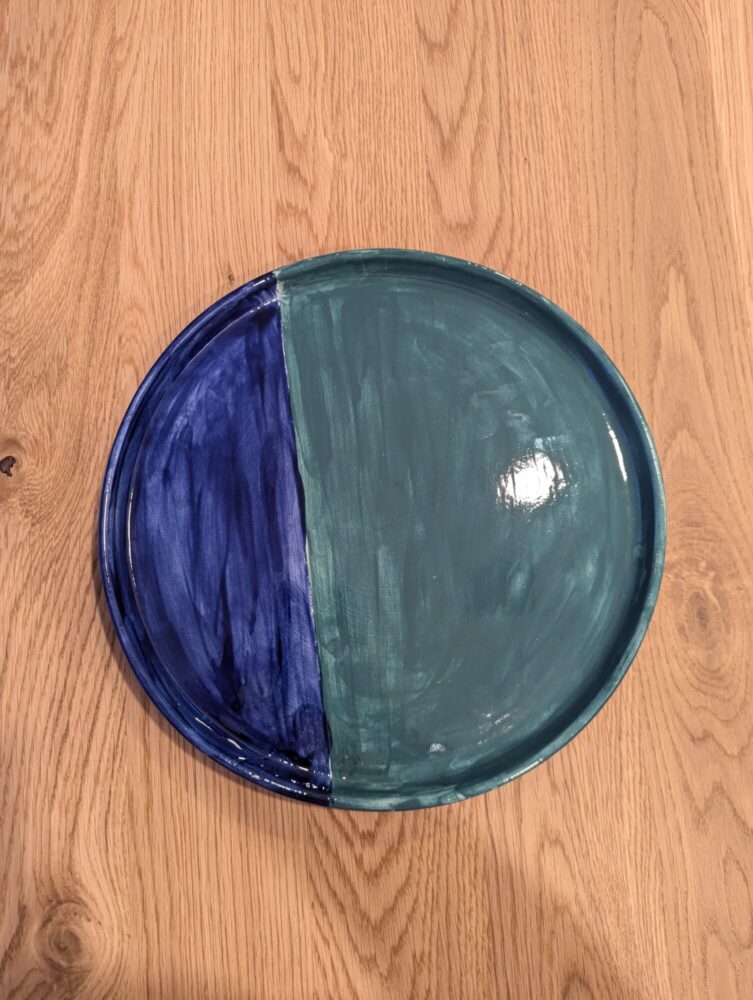
A plate that I painted in the geometric abstraction style
Classical Realism
Another opposite aesthetic is classical realism. Using techniques developed during the Renaissance, classical realism focuses on detailed, accurate representations of the world. Artists such as Leonardo da Vinci and Michaelangelo worked with careful planning, controlled brushwork, and a clear sense of structure, emphasizing realism and harmony in their compositions. [1]
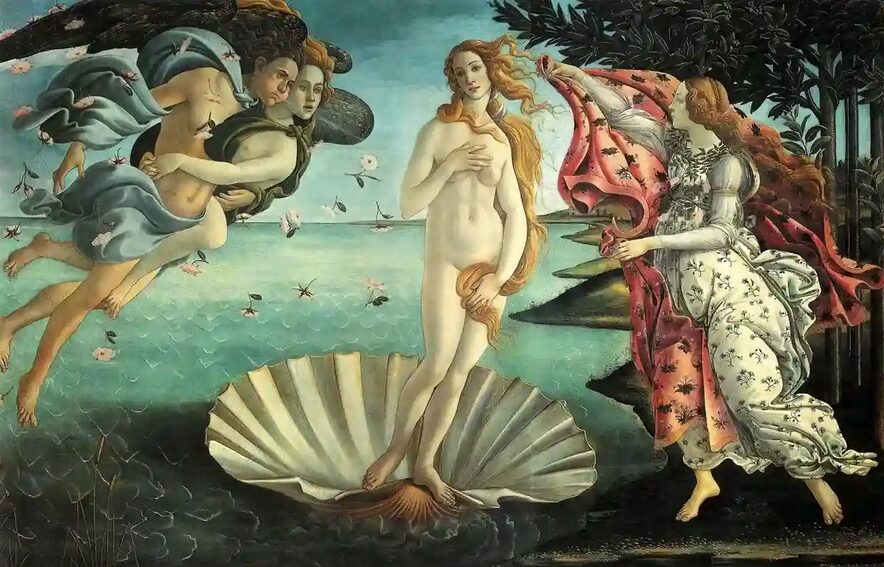
Alessandro Botticelli, The birth of Venus, c. 1484-1486
Minimalism
Finally, pure minimalism is a perfect example of an opposite art style. Minimalism, which emerged in the 1960s, directly opposes the expressive energy of abstract expressionism. Artists such as Robert Morris and Frank Stella create art with simplicity, repetition, and precision, stripping compositions down to their essential forms and removing all signs of emotional expression or spontaneity. [4] This can be seen in the below image. Notice the lack of color but focus on sharp features.
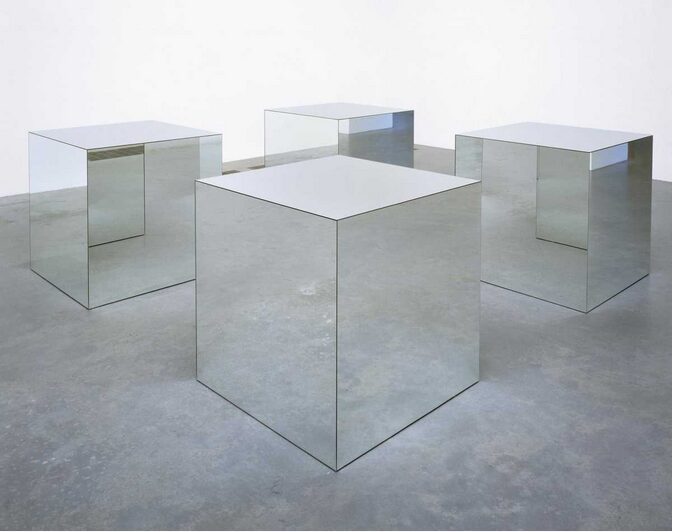
Robert Morris, Untitled, 1965, reconstructed 1971
References
[1] Modena, P. (n.d.). Renaissance time period. Paolo Modena. Retrieved from https://www.paolomodena.com/renaissance-art/renaissance-time-period/
[2]Mont Marte. (n.d.). Guide to different types of painting styles. Mont Marte. Retrieved from https://www.montmarte.com/blogs/guide/guide-to-different-types-of-painting-styles
[3] Smarthistory. (n.d.). Mondrian, Composition II in Red, Blue, and Yellow. Smarthistory. Retrieved from https://smarthistory.org/mondrian-composition-ii-in-red-blue-and-yellow
[4] Tate. (n.d.). Minimalism. Tate. Retrieved from https://www.tate.org.uk/art/art-terms/m/minimalism
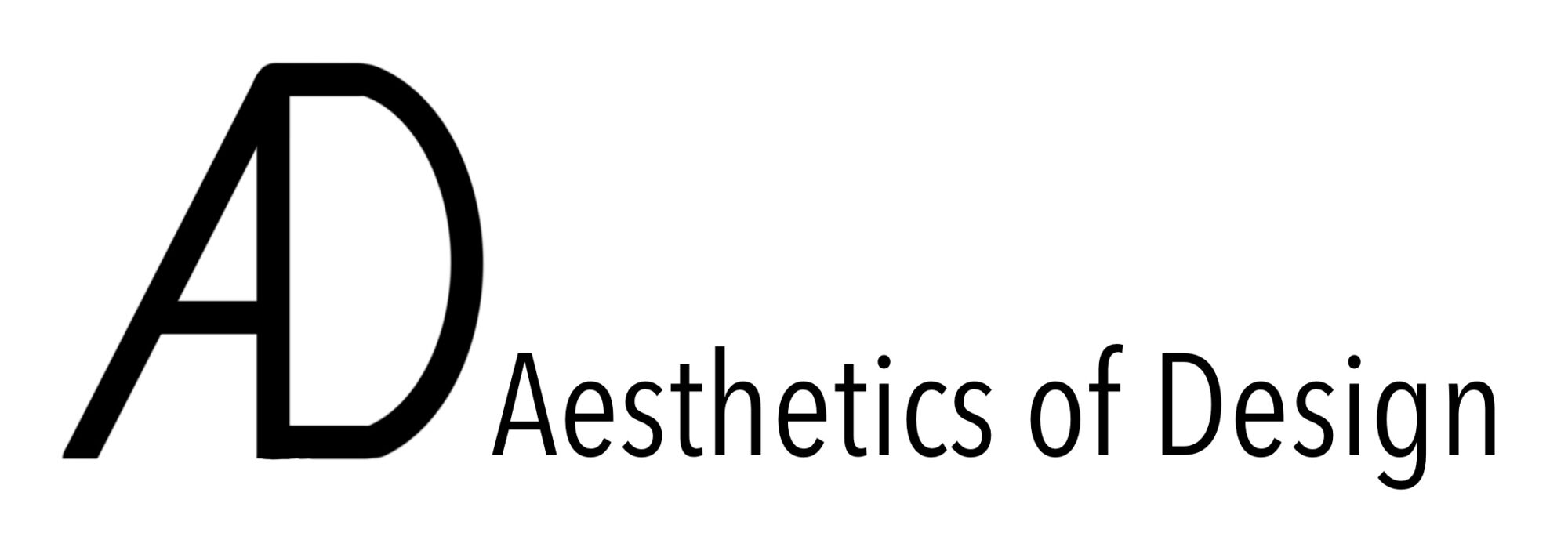
2 Comments. Leave new
Your coasters being an exploration between minimalism and maximalism will create a really unique dynamic tension. Definable agree with the opposite aesthetic of classical realism, with human realistic painting of otherworldly events. Minimalism is a bit harder to agree with since its encompassed in your original aesthetic.
Although the function of the coasters are minimalistic, I think the aesthetic themselves are maximalist in nature. The vibrant, uneven colors is very different from minimalism. I think I was trying to emphasize on the incongruency from my coaster design versus the more defined shapes of minimalism.